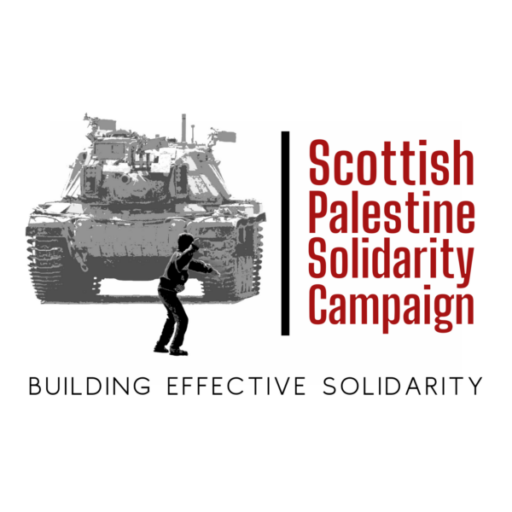El-Funoun Palestinian Popular Dance Troupe
El-Funoun Palestinian Popular Dance Troupe may have called its program "Dancing Tragedies and Dreams," but outside Alice Tully Hall on Wednesday night, the atmosphere was all flashing cameras and unabashed delight. A woman approached a circle of friends to exclaim, "I just saw my sister!" Clearly, the company, as its name indiscreetly hints, is extremely popular. But its polished assortment of dancers was attractive on many levels - and not simply because opportunities to see Palestinian dance are rare.
Presented by the Network of Arab-American Professionals of New York, El-Funoun is a nonprofit troupe based in Ramallah, on the West Bank. For its New York engagement (the company appeared at the United Nations on Tuesday and will continue on to Washington today and Dearborn, Mich., tomorrow), the group offered nearly two dozen dances, some based in folklore and others rooted in a more contemporary style. "People think of us as being in a box," said Omar Barghouti, who is the company's dance trainer and one of its choreographers as well as the tour's artistic director, "but Palestinian dance isn't just about one form."
The company, formed in 1979 to preserve Palestinian culture, was not always as revered as it is today. In its beginnings, occupation authorities viewed El-Funoun negatively. "We were persecuted in many ways," Mr. Barghouti recalled. "There were travel bans, and some of our members were arrested and accused of belonging to a subversive dance company." In the 1980's and early 90's, he said, that view began to shift as the company's reputation grew. "The challenge became, What type of identity do we want?" he said. "We see our dance as a form of civil, cultural resistance to oppression, and that starts with the occupation, but not just that - we are also against social oppression, so in our dances you'll see a lot of issues dealing with women's liberation, equality and democracy."
The current tour features 30 dancers, ranging in age from 11 to 42 (there are nearly 50 members in the actual company); obtaining visas for them was not a pleasant experience. "Must we talk about that?" Mr. Barghouti asked with a pleading smile. "We want to come back, and unfortunately now we'd better watch what we say. It's not like in the past. It was very hectic, very difficult."
But the effort was also worth it. The company's recent program featured joyful dances inspired by traditional Palestinian weddings, along with a series of works dealing with oppression and resistance. Though the company performed in New York in 1999, this engagement was the first to include such contemporary works, which, in many ways, were defiantly obvious. "Key to Peace - Exile and Dreaming of Return" featured dancers grappling with life-size keys. That they didn't literally hit the audience over the head with them was the work's only measure of artistic restraint. It was one prop away from Mummenschanz.
Another work, "43 - Exorcising Defeat," began with a single boot placed in a pool of light at the center of the stage. A dancer, clearly browbeaten and wearing a torn shirt, ran in frantic circles and collapsed to the floor. When he put on a boot, he assumed the role of oppressor, but in El-Funoun's optimistic state of grace, he found salvation in the final seconds by kicking it off to the side.
Still, El-Funoun remained unpredictable; even when the contemporary pieces seemed patently earnest, there was nothing artificial in the performers' enjoyment of dancing. From time to time, they may have lost their footing (or an actual shoe, in one case), but the dancers remained radiant, moving with a sweet and determined fearlessness.
None of the members of El-Funoun are compensated, not even Mr. Barghouti, who works as an engineer as well as an independent researcher. The company is a strictly volunteer organization. "Now, I'm on my own vacation time," he said. "But this group is ours. We do it for ourselves and for our conviction that this is how we contribute to the struggle for justice."
